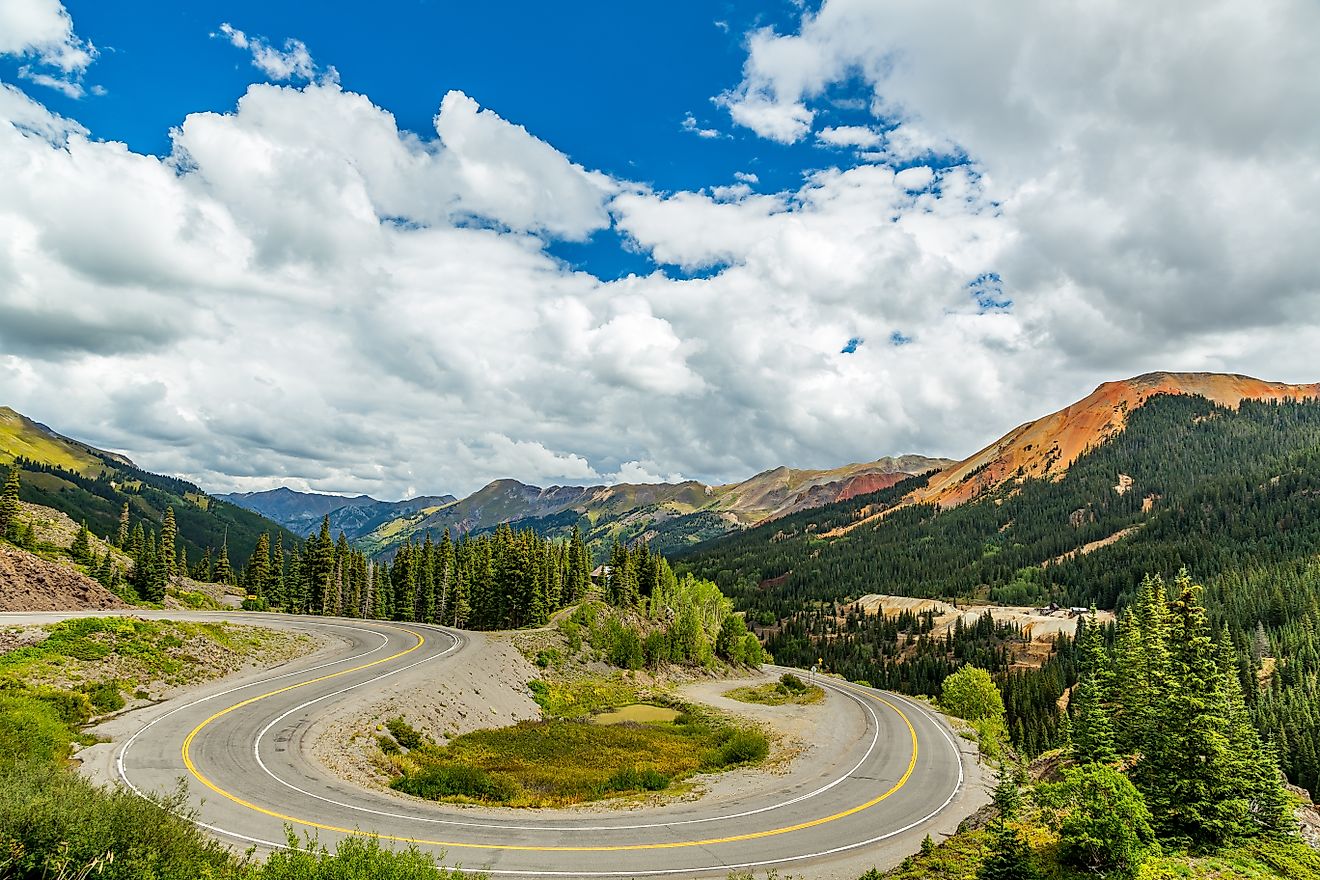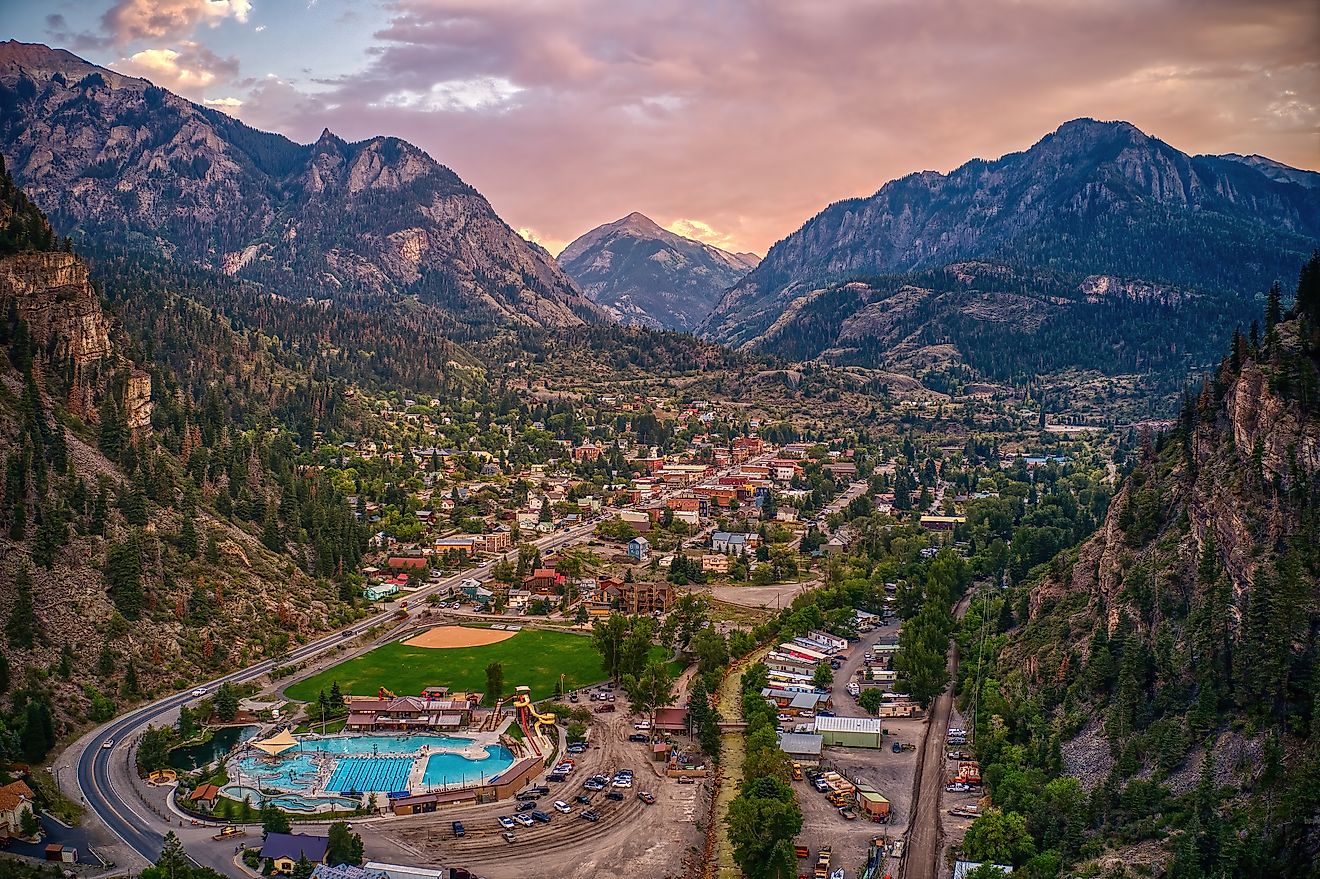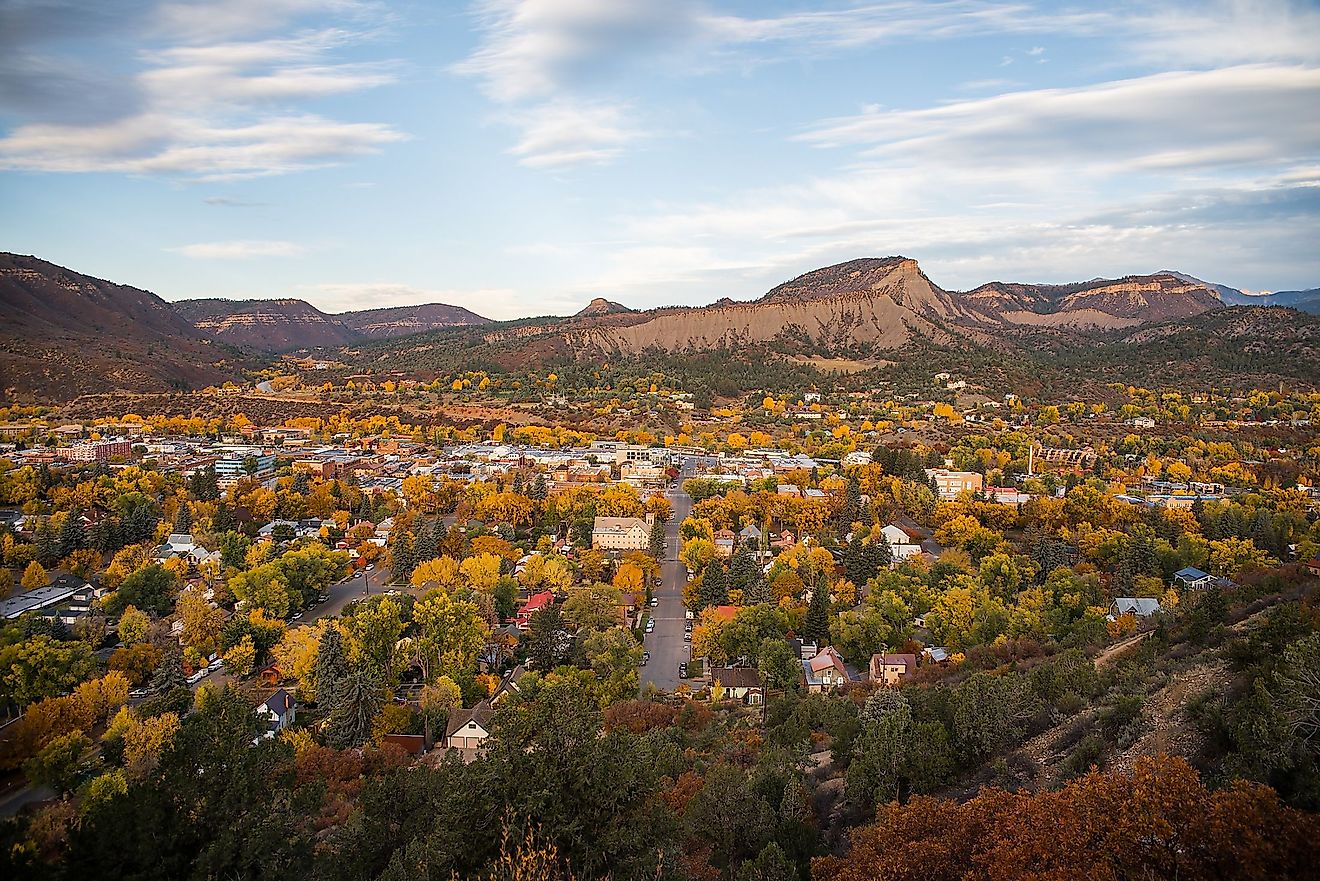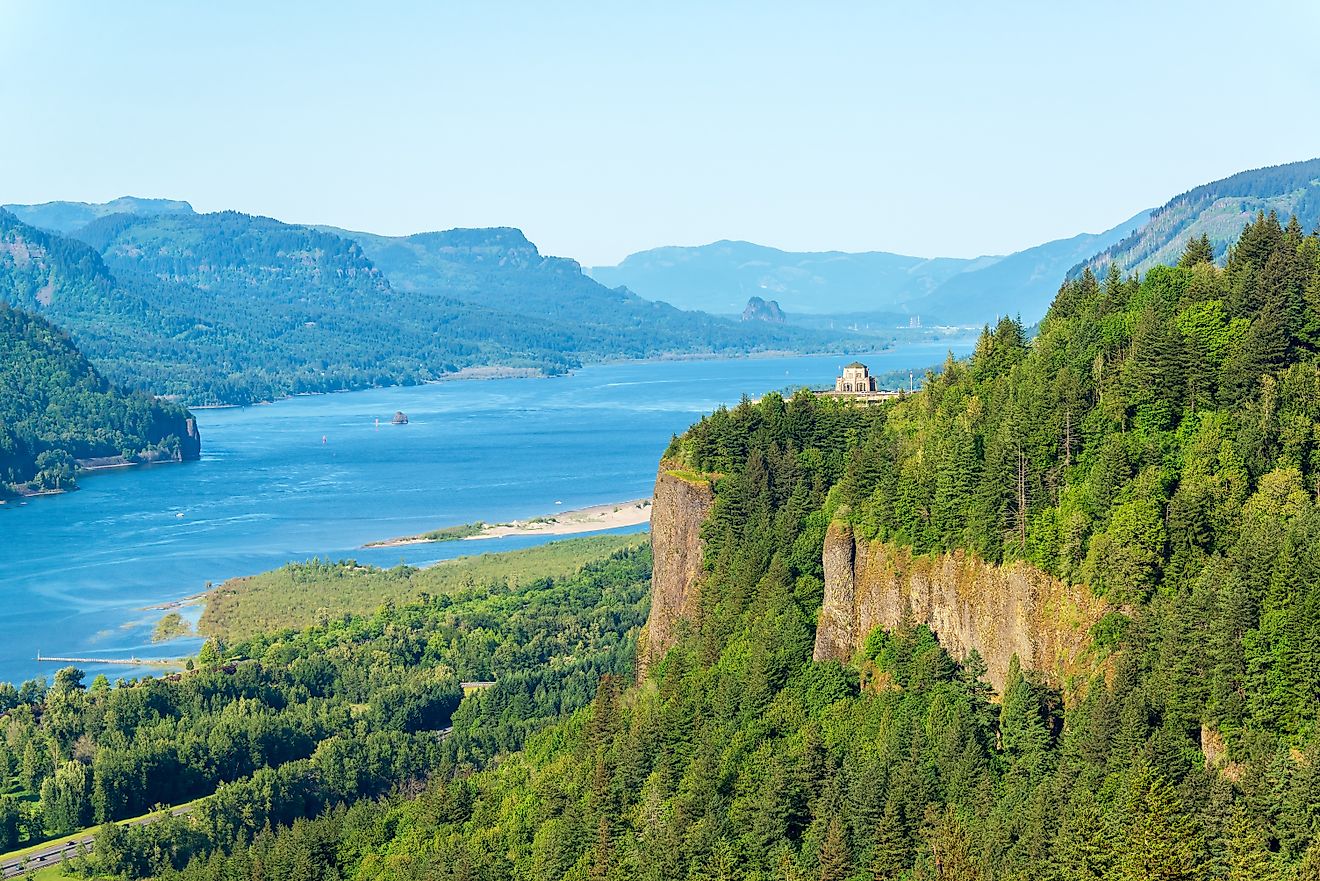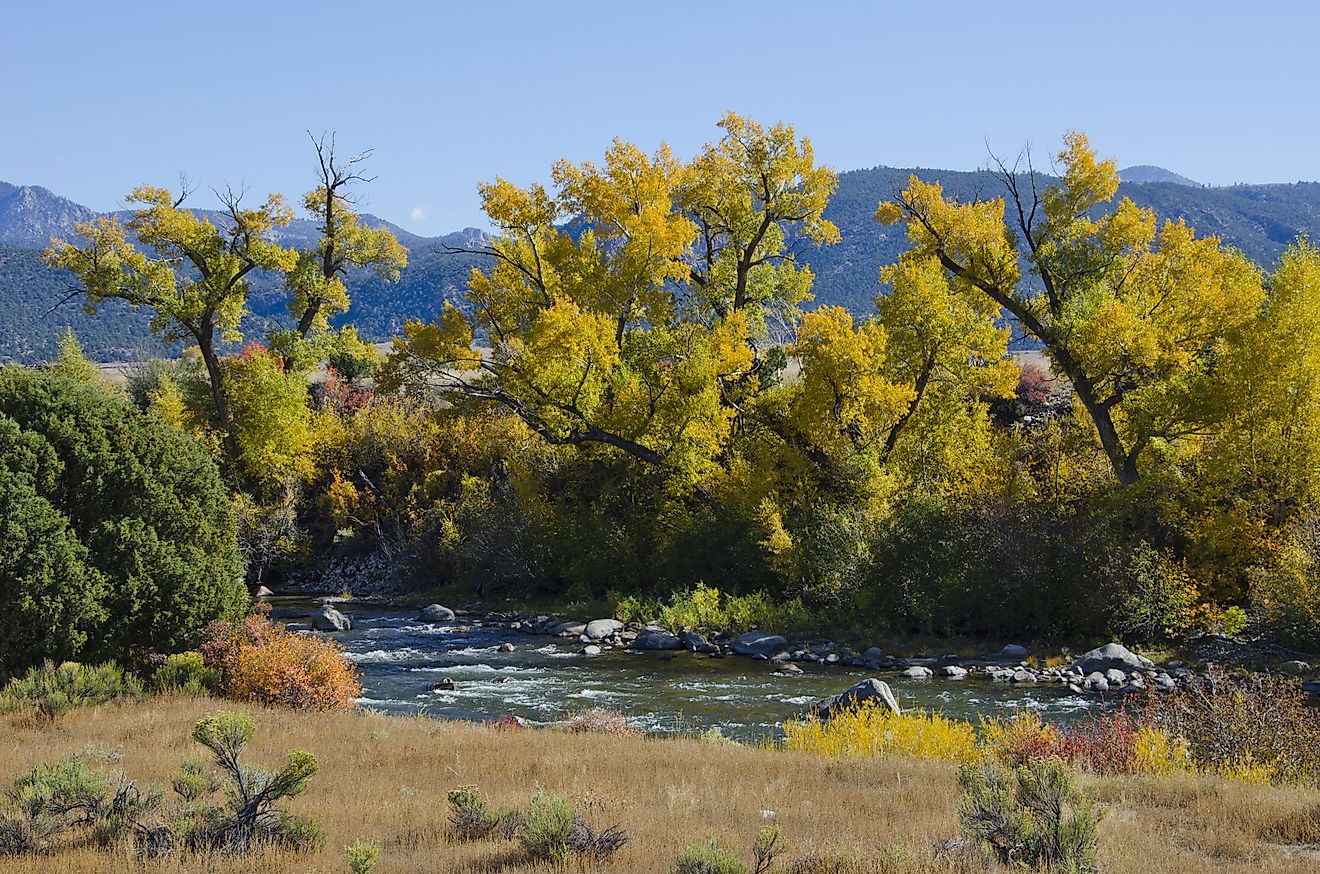
The Colorado River
The Colorado River isn't just a river; it's a symbol of natural beauty, geological wonder, and thrilling adventure. Spanning over 1,450 miles from the Rocky Mountains to the Gulf of California, this iconic waterway passes through seven US states and two Mexican states, leaving behind stunning landscapes and rich ecological diversity.
If you're an eco-tourist seeking pristine environments, a geology enthusiast studying ancient rock formations, or an outdoor adventurer looking for your next adrenaline rush, the Colorado River offers an unforgettable experience. Let’s dive into the Colorado River's historical, ecological, economic, and geopolitical importance.
History Of The Colorado River

View of the nature and landscape of Lees Ferry site, Colorado river, Arizona, USA.
The history of the Colorado River is diverse and rich, much like the landscapes it traverses. For thousands of years, the river has been crucial for Indigenous peoples, providing water, food, and transportation. Tribes such as the Ute, Havasupai, Mojave, and Navajo have strong spiritual ties to the river that continue today. European exploration started in the 16th century with adventurers like Hernando de Alarcón, but John Wesley Powell's expeditions in the late 19th century mapped the river and its canyons in detail, bringing these landscapes to the public's attention.
In the 20th century, the Colorado River became the focus of major engineering projects, including the Hoover Dam in 1935 and the Glen Canyon Dam in 1963. These projects provided flood control, hydroelectric power, and water resources to growing western cities but also led to environmental debates that persist today. The dams significantly changed the river's flow and ecosystem, impacting fish populations and sediment distribution. Despite these issues, the Colorado River remains a symbol of natural beauty and human innovation, continuously shaping the American Southwest's landscapes and lives.
The Geology Of The Colorado River

Rafting on The Colorado River in the Gran Canyon at sunrise.
One of the most impressive features of the Colorado River is its role in creating the Grand Canyon, one of the Seven Natural Wonders of the World. Over millions of years, the river has carved out this massive canyon, exposing layers of ancient rock formations. These rocks provide a glimpse into Earth's past, showcasing around two billion years of geological history.
The Grand Canyon's walls reveal various types of rock, from the ancient Vishnu Schist at the bottom to the younger Kaibab Limestone at the top. Each layer tells a story of climatic and environmental changes over millennia. Beyond the Grand Canyon, the Colorado River continues to shape fascinating landscapes like Glen Canyon, Marble Canyon, and Cataract Canyon. These areas, rich in geological features, make the Colorado River a geologist’s dream.
Biodiversity And Conservation Efforts

The Colorado River Headwaters. Rocky Mountain National Park - Grand Lake, Colorado.
The Colorado River supports a diverse ecosystem, nurturing habitats for a wide range of wildlife, including hundreds of bird species, fish, amphibians, and mammals. Iconic species such as the bald eagle, bighorn sheep, and the endangered razorback sucker fish depend on the river for survival.
However, the Colorado River faces threats like pollution, over-extraction of water, climate change, and habitat destruction. To combat these issues, various conservation efforts are underway. Organizations like the Colorado River Basin Fund and the Nature Conservancy work to restore habitats, improve water quality, and ensure sustainable water management.
Eco-tourism also plays a key role in conservation. By promoting sustainable travel and raising awareness about the river's ecological importance, eco-tourists can help preserve the river. Visitors are encouraged to follow Leave No Trace principles, join river clean-ups, and support businesses that prioritize environmental sustainability.
Recreation Opportunities
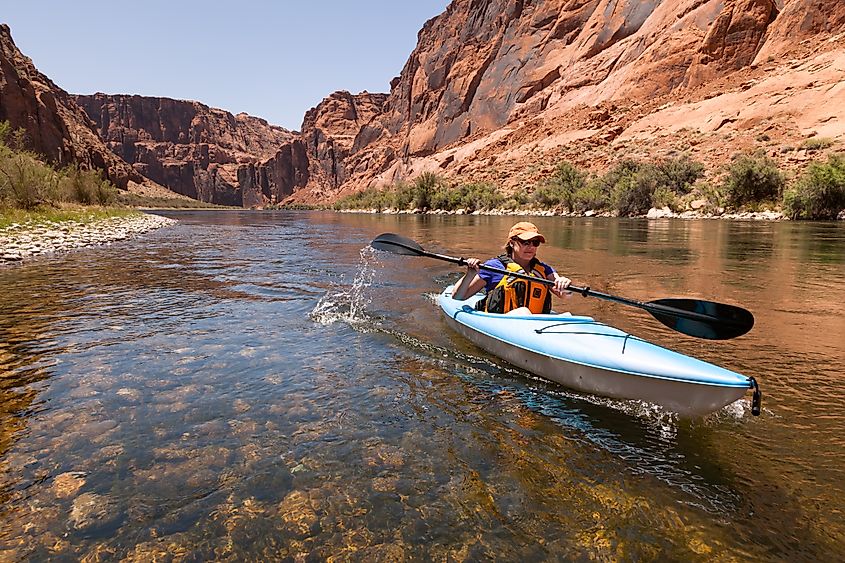
Kayaking the Colorado River (Between Lees Ferry and Glen Canyon Dam).
For outdoor adventurers, the Colorado River is a playground with endless opportunities. From thrilling white-water rafting to peaceful hiking trails, the river caters to all levels of adventure seekers.
The Colorado River is famous for its world-class rafting experiences, especially in the Grand Canyon. Here, the river's rapids range from mild to wild. Outfitters like Grand Canyon Expeditions and Western River Expeditions offer guided trips that provide exciting rides through the canyon’s turbulent waters.
For a calmer experience, the section of the river flowing through Glen Canyon offers calm waters and stunning views. Kayaking here allows for a closer connection with the natural beauty of the river, with chances to explore hidden coves and ancient petroglyphs.
The river's surrounding landscapes offer numerous hiking and camping opportunities. Trails like the Bright Angel Trail and the South Kaibab Trail in the Grand Canyon offer breathtaking vistas and challenging treks. Outside the canyon, the Colorado Riverway near Moab, Utah, and the Black Canyon Water Trail near Hoover Dam provide scenic hikes and camping spots close to nature.
Eco-tourism is essential for preserving the Colorado River. Tour operators and adventure companies are increasingly adopting sustainable practices to minimize their environmental impact. Visitors are encouraged to choose eco-certified tour providers, use reusable water bottles, and respect wildlife and natural habitats during their trips.
Impact Of Drought On Colorado River
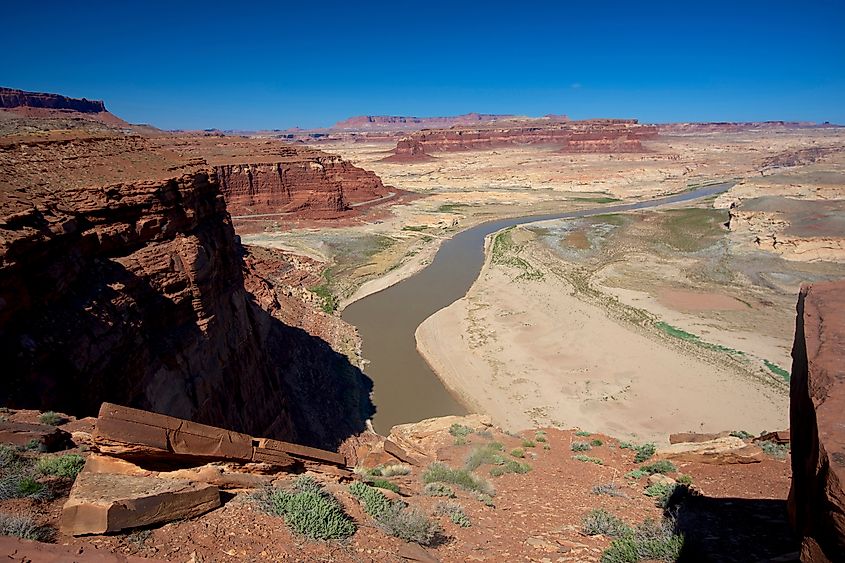
Drought is one of the most pressing challenges for the Colorado River and its dependent regions. In recent years, extended low rainfall and rising temperatures have worsened water scarcity, significantly impacting river and reservoir levels. Lake Mead and Lake Powell, two of the largest reservoirs fed by the Colorado River, have seen dramatically reduced water levels, highlighting the severity of the drought.
The effects of drought extend beyond just reduced water availability. Agricultural production suffers as water allocations for irrigation are cut, leading to smaller crop yields and financial losses for farmers. Urban areas also feel the pinch with more common water restrictions, urging residents and businesses to adopt water-saving practices.
Environmental impacts are equally concerning. Reduced river flows can harm aquatic habitats, affecting already vulnerable species and compounding conservation challenges. Ecosystems that rely on periodic flooding for renewal are particularly at risk, potentially leading to long-term ecological imbalances.
Various water management strategies are being implemented in response to drought. These include initiatives to reduce water usage through conservation, infrastructure improvements to reduce water loss, and policy changes for more equitable water distribution. Innovative solutions like water recycling and desalination are also being explored to augment the region's water supply. Collaboration among states, indigenous communities, and international stakeholders is crucial. By working together, these groups can develop comprehensive strategies to ensure the Colorado River continues to meet the needs of all its dependents, even during prolonged drought conditions.
The Colorado River Journey
The Colorado River showcases both nature's power and human ingenuity, highlighting the balance between development and conservation. Its historical significance, geological wonders, ecological diversity, and economic importance make it central to the American Southwest. However, challenges like pollution, over-extraction, and climate change call for sustainable management and conservation efforts.
By promoting eco-tourism, supporting sustainable practices, and respecting natural resources, we can ensure the Colorado River thrives. Its future, tied to the lives of millions and the history of the region, depends on our dedication to preserving its beauty and utility for generations to come.
